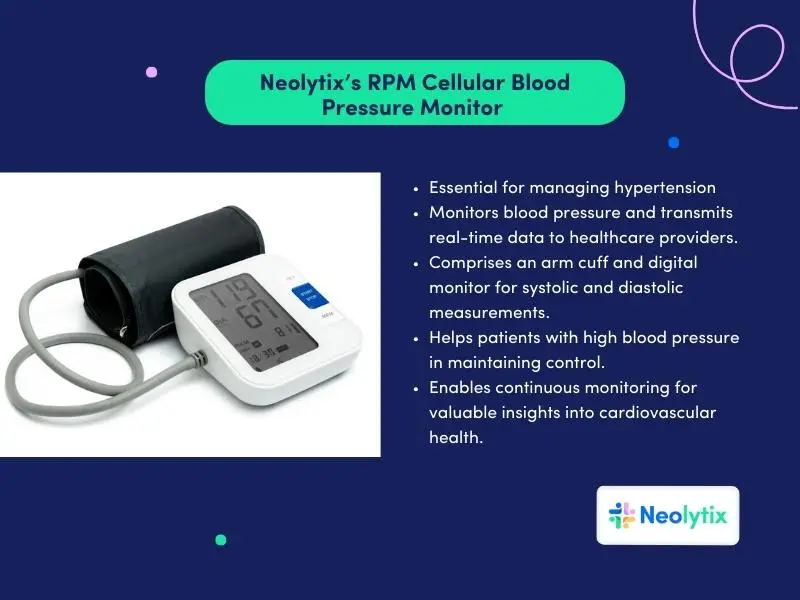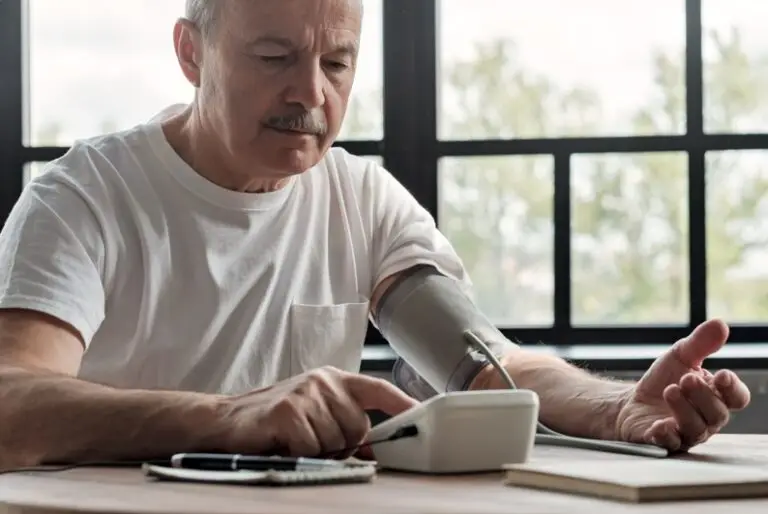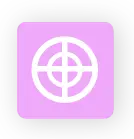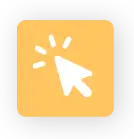If one wants to make a case for the need for remote remote blood pressure monitoring, then look no further than these research findings:
- 48% of people in the US suffer from hypertension.
- High blood pressure costs the United States about $131 billion each year
- Heart disease and stroke are leading causes of death in the US
(Source: CDC)
In this article, we will discuss the importance of BP monitoring in telehealth and remote patient monitoring. We’ll also discuss some research findings relating to blood pressure monitors and their outcomes, talk about the technology behind the devices, and lastly, reveal how you, as a healthcare provider, can benefit from offering remote patient monitoring to your patients to improve health outcomes.
Saving Lives With Remote Blood Pressure Monitors
High blood pressure, also known as hypertension, is a silent killer that affects millions of people worldwide. According to the CDC nearly half (48.1%, 119.9 million) of the US adult population have hypertension. It often goes unnoticed until it leads to severe health issues, including heart failure and heart attacks.
Remote BP monitoring is changing the game by allowing patients to take control of their health and facilitating better care management. This device helps people check their blood pressure regularly, protecting them from the dangerous effects of untreated high blood pressure.
But the benefits of remote blood pressure monitoring aren’t just bold claims we’re making but are backed by reputable research results.
- Case Study Nr.1
The research was conducted between January 2018 and July 2021, with 10,803 enrolled patients actively monitored for changes in blood pressure and low-density lipoprotein cholesterol. The study showcased the potential of standardized remote care programs in optimizing guideline-directed therapy, reducing cardiovascular risk, and minimizing the need for in-person visits across diverse populations.
The findings, based on 10,803 patients with blood pressure and/or cholesterol levels above guideline-recommended targets, revealed that remote medication titration management was significantly associated with decreased blood pressure and low-density lipoprotein cholesterol compared with education-only approaches.
Importantly, the study highlighted that diverse populations could be effectively treated with digitally enabled remote care programs.
- Case Study Nr.2
This study aimed to address the challenge of poorly controlled hypertension on a population level. The researchers developed a remote hypertension innovation program utilizing algorithmic care pathways, home blood pressure (BP) measurements, and patient coaching for rapid and complete medication titration.
The program, led by non-licensed patient navigators following an evidence-based clinical algorithm, demonstrated success in achieving goal home BP in 91% of engaged patients, with an average time to control of 7 weeks. The program’s key features include the use of automated home remote blood pressure monitors, a computerized algorithm for medication titration, and the engagement of patient navigators for personalized education and support.
The results suggest that this home-based BP control program, run by non-physicians, offers an efficient and effective paradigm for hypertension management, demonstrating rapid control and sustainability while minimizing the need for in-person visits.
Challenges encountered during program development were addressed, emphasizing the importance of patient engagement, effective use of technology, and team collaboration in achieving successful hypertension management at scale.

The Power of RPM for Blood Pressure Monitoring
Traditional healthcare models usually make patients go to a medical facility regularly to check their blood pressure. This is easier and better for patients and healthcare providers.
- Early Detection: Allows for early detection of blood pressure irregularities or hypertension.
- Improved Patient Engagement: Empowers patients to actively participate in their health management.
- Personalized Care: Facilitates personalized care plans based on real-time data.
- Timely Intervention: Enables prompt healthcare provider intervention in case of abnormal readings.
- Reduces hospital readmissions: Helps reduce hospital admissions and emergency room visits through proactive monitoring and management.
Learn more about remote hypertension monitoring in patient care and chronic management by clicking here.
Understanding the Technology Behind The BP Monitors
Remote patient monitoring devices are essential for RPM programs, giving healthcare providers constant access to crucial patient data like real-time blood pressure readings.
Remote blood pressure measuring devices typically have a cuff, a monitor, and digital connectivity capabilities. The cuff is placed around the patient’s arm and is responsible for inflating and deflating during the measurement process. It’s equipped with sensors that detect the pulsation of blood flow, which is used to calculate systolic and diastolic blood pressure values.
What sets these devices apart is their digital health capabilities. Through cellular or Bluetooth connectivity, blood pressure readings can be transmitted securely to a central healthcare system or app, ensuring that healthcare providers can access this data in real time.
This seamless data transfer facilitates prompt intervention if any irregularities are detected, ultimately improving patient care management.
It helps patients participate in their health and allows healthcare providers to give more personalized care for better health results.

Summary: The Future of Patient Monitoring Devices
The outlook for RPM is highly promising, with the global market projected to soar at a CAGR of 18.5% until 2030, as per Grandview Research. Within this realm, remote blood pressure monitors stand out for their potential to revolutionize healthcare, offering patient-centric, efficient solutions. As hypertension and cardiovascular diseases remain significant health challenges, the role of remote monitoring becomes increasingly crucial.
At Neolytix, we provide comprehensive RPM services nationwide, covering device dispatch, patient training, maintenance, and data management, along with free billing. Our risk-free, pay-on-success model ensures revenue generation and improved patient outcomes.
Book a demo today to experience the transformative impact of Neolytix’s RPM services on patient care and revenue.
FAQ's
Remote Blood Pressure Monitoring can be beneficial for a wide range of medical provider specialties, including:
- Cardiologists: Cardiologists can use this device to manage and monitor patients with heart conditions, hypertension, and other cardiovascular issues.
- General Practitioners: Primary care physicians can monitor patient’s blood pressure remotely, especially those with hypertension or individuals at risk of developing high blood pressure.
- Nephrologists: For patients with kidney-related conditions that often lead to hypertension, nephrologists can benefit too.
- Endocrinologists: Those who specialize in treating hormonal and metabolic disorders may find remote monitoring valuable for patients with conditions affecting blood pressure.
- Geriatric Specialists: Elderly people often have high blood pressure. Doctors can use remote monitoring to watch their health closely.
Patients using Remote Patient Monitoring (RPM) devices typically do not require specific training. These devices are designed with user-friendly interfaces, and patients receive clear instructions during the onboarding process.
Additionally, support teams are accessible to assist with any questions, ensuring a smooth and straightforward experience.
Certainly, remote blood pressure devices can seamlessly integrate with electronic health records (EHRs). This integration is beneficial for healthcare providers, as it enhances efficiency by providing access to and monitoring of patient data directly within existing EHR systems.
- CPT Code 99453 ($19.32)
One-time payment for initial discussion and device assignment
- CPT Code 99454 ($53.07)
At least 16 readings in a consecutive 30-day period
- CPT Code 99457 ($51.13)
Initial 20 minutes once a month
- CPT Code 99458 ($39.65)
Additional 20 minutes, max total =40mins
- CPT Code 99091 ($54.22)
Collecting and analyzing data, max 30 minutes a month
Schedule a free consultation to learn more
Complete the form, and someone from our team will contact you!




